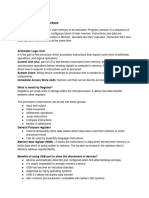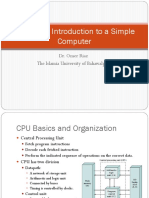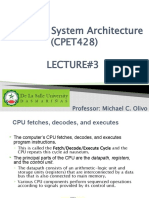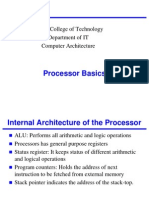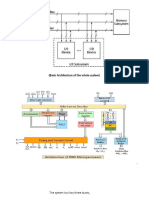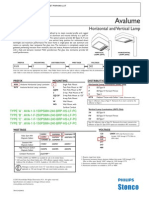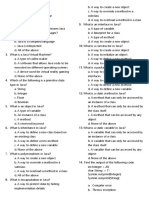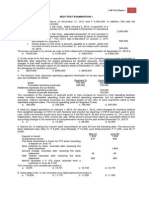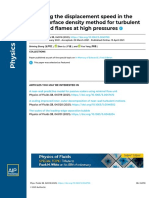0% found this document useful (0 votes)
15 views3 pagesProcessor Fundamentals and System Bus
The document explains the fundamentals of processors, including the roles of various registers such as the Accumulator, MAR, CIR, and MDR, as well as the function of system buses (data, address, control). It details the fetch-execute cycle and the importance of bus width in memory access, particularly the implications of changing from a 32-bit to a 64-bit address bus. Additionally, it covers the von Neumann model and the handling of interrupts in processor operations.
Uploaded by
munyhengrithCopyright
© © All Rights Reserved
We take content rights seriously. If you suspect this is your content, claim it here.
Available Formats
Download as DOCX, PDF, TXT or read online on Scribd
0% found this document useful (0 votes)
15 views3 pagesProcessor Fundamentals and System Bus
The document explains the fundamentals of processors, including the roles of various registers such as the Accumulator, MAR, CIR, and MDR, as well as the function of system buses (data, address, control). It details the fetch-execute cycle and the importance of bus width in memory access, particularly the implications of changing from a 32-bit to a 64-bit address bus. Additionally, it covers the von Neumann model and the handling of interrupts in processor operations.
Uploaded by
munyhengrithCopyright
© © All Rights Reserved
We take content rights seriously. If you suspect this is your content, claim it here.
Available Formats
Download as DOCX, PDF, TXT or read online on Scribd
/ 3
